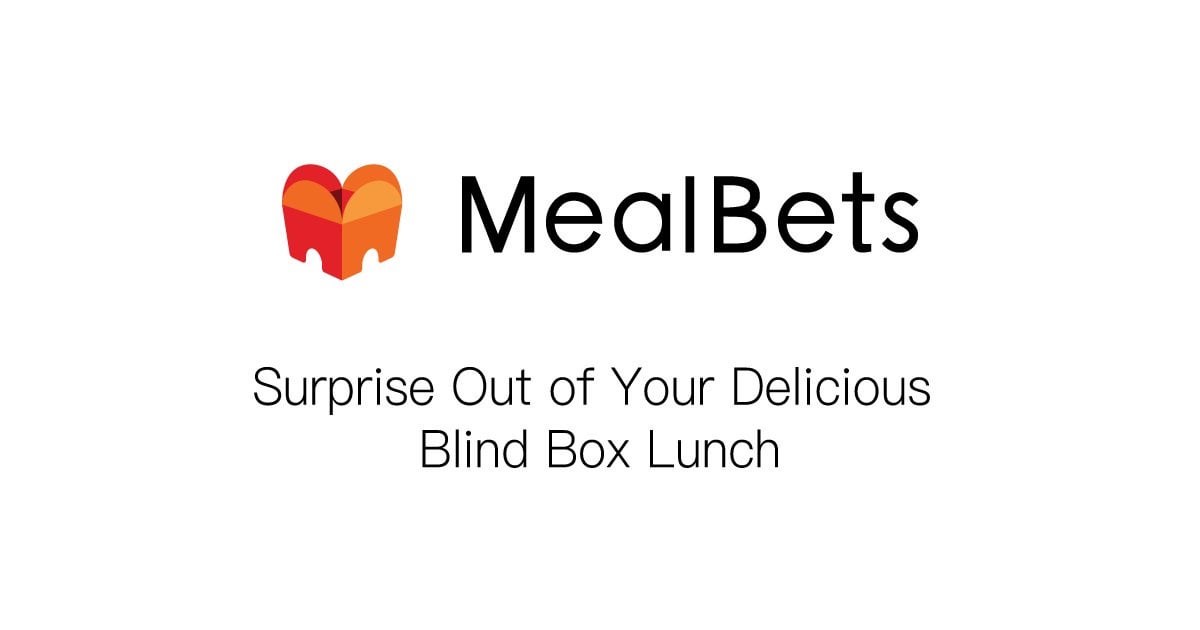
Hi folks, after times of hesitating at bloor/yonge, about what to eat for my lunch (d\*mn what a torture!), I finally started to build an app to solve the lunch problem. Hope it save more people than only myself.
It’s called MealBets.
People can order surprise box lunch (I call it “bet”), and on the delivery day they get notified to walk downstairs to pick the mysterious but high quality delicious lunch. This lunch shall avoid all food restrictions set by users, and set a 5%\~10% chance for user to “win” a free luxury upgrade (lobster, truffle, wagyu, etc.)
The idea is: if we provide premium and quality meal, with variety for every workdays, people (like myself) do not need to make the hard decision everyday.
After some calculation with the vendoring virtual kitchens, the high quality meals will be priced from 13.99$, no fees.
I’m planning to launch an invite base trial in Jan. 2024, to collect feedbacks before making it public.
Offering free lunches for early adopted folks (about 50 – 100 spots), so if you are interested, feel free to leave your email and office location at [https://mealbets.com/#join-the-trial](https://mealbets.com/#join-the-trial)
We will send invite code by Jan.
by Most-Bumblebee-6798


7 Comments
Please also let me know if you have any suggestions or ideas, big big thanks!
[deleted]
[deleted]
I mean this constructively, but I’m not too sure about your value proposition on this.
– If the target audience is the downtown office crowd, I’m not sure overcoming “choice paralysis” is really as compelling a need as you’re assuming. Downtown office locations are, for the most part already built around convenience and variety. I might consider looking at more suburban campus type areas to target. I can walk out to Yonge + Bloor and there’s like 5 of nearly every type of thing I’d want to eat within 3 blocks. If I’m working out at a corporate office complex near the airport, etc the choice set is way more limited and usually chain heavy.
– A more compelling driver might be cost and the return to commuting/office life is a increase cost (esp, factoring in inflation), but $14 and up puts you in line with the market so not winning there.
– Novelty or indulgence is another potential driver (think cheat days because it’s your office day or who’s making their own ramen, etc). The original Uber Eats pitch way way back was 4 preselected meal from cool, small restaraunts that weren’t readily available in your office ‘hood (obviously that’s all blown up). Since you’re white labeling a ghost kitchen, it doesn’t seam like you’ll have a recognizable or desirable brand from the hop. I wouldn’t underestimate this as decision making factor. A huge part of eating out preferences, especially for convenience purchases like a work lunch is familiarity.
Actually would it scare you people away if it’s a surprise box (but you can select the category you prefer, like Fitness, Western, Asian, etc.)?
Liking the idea OP, but just a few points to play devil’s advocate.
1. You’ll really need to sell your market propositions well. You’re targeted market segment is the Toronto’s working class. At $14, it’s still quite expensive to use your services regularly, assuming a 5 day work week. With this assumption in mind, you’ll be competing for a piece of the pie with:
A) The plethora of delivery apps (Uber Eats, Door Dash, Ritual, Skip, Fantuan, FOD, etc). These established platforms have marketing dollars, with their aggressive “promo prices” subsidized by the bigger companies they work with, AND you’ll get to choose what you want to eat. If I was to get a meal I didn’t like from your app, I’d likely just stop using the app. Repeat usage and adoption for your platform is key.
B) Local restaurants all around downtown. If I haven’t packed lunch, instead of waiting for delivery, I’d just talk walk around the block and eat whatever I feel like for the day.
C) Meal prep services. There are a few companies out there that deliver prepped meals for the week at an aggressive price.
Good luck OP, wish you all the best.
I’m thinking you might do well to present the user with a list of meal options which they could opt out of, leaving behind hopefully only options that they’d be happy with receiving any random option from. No decisions need to be made by the user, but they can be confident they’ll be happy with whatever they get.